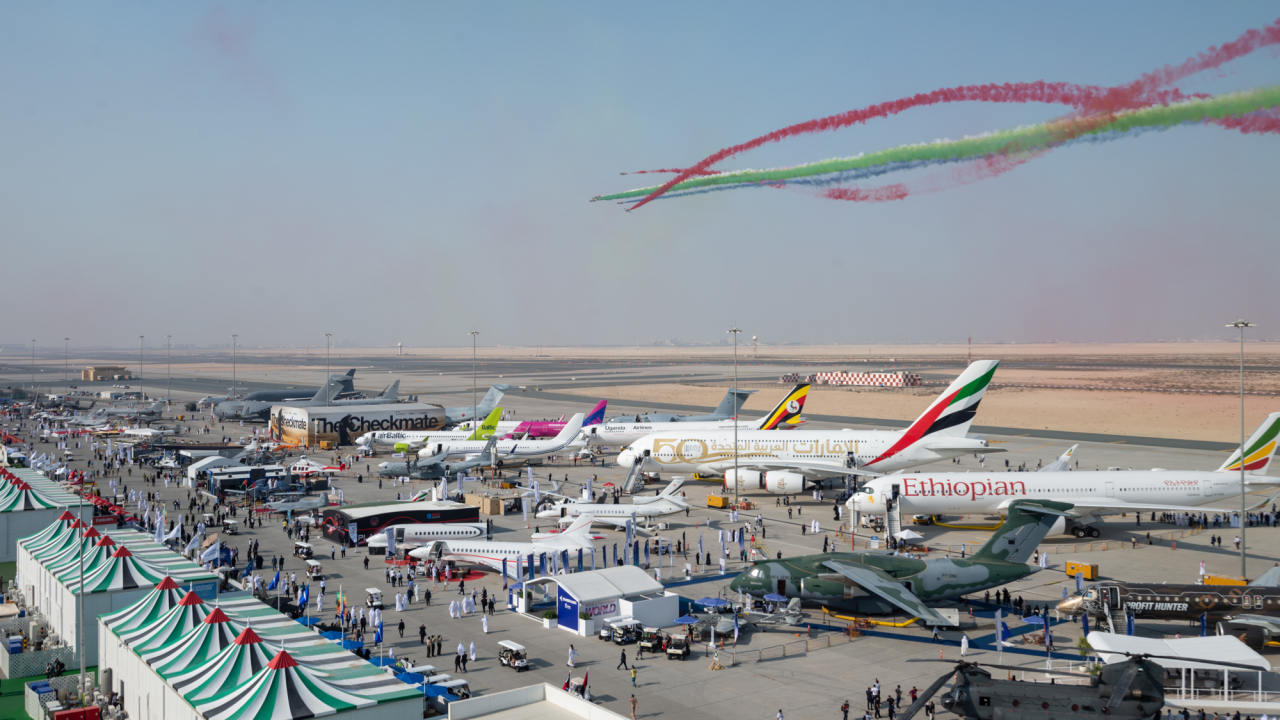Global Air Traffic Management Conference opens

Throughout the day delegates heard about achievements, challenges and opportunities facing the industry from key leading figures.
“The objective for the UAE is to align its strategic plan with the global plan and methodology,” said Ibrahim Ahli, Deputy CEO of Dubai Air Navigation Services (dans), during his welcome address. He continued, “While at the same time ensuring it meets our own needs and challenges.” Mentioning that Dubai International Airport is “Open 24/7, and busy 24/7” he stated how many European airports are unable to achieve this due to curfews, while it presents opportunities we must remain mindful of challenges too. “Even minor routine maintenance can present challenges when you are open 24/7.
Giving the keynote address Mohammed Al Dossari, Director, Air Navigation and Aerodromes Department, General Civil Aviation Authority (GCAA) discussed the need for the region to embrace the Global Air Navigation plan while expanding upon the improvement opportunities it offers for operations and how it can align with the UAE’s 2020 goals.
“The UAE successfully completed phase three of the airspace restructuring project in an extremely tight time frame,” he mentioned. “This has increased UAE airspace access and we are on track to meet our predictions for forecast capacity for 2020.”
Delegates at GATM heard a real world example of how digitisation can revolutionise air traffic management, with Brett Weihart, CEO of Scandinavian Mountains Airport presenting a case study of the airport’s implementation of the first international airport in the world to be built without a traditional tower.
“A traditional tower is a higher investment cost” said Weihart, “and the remote location creates its own difficulties of staff recruitment and retention.” He continued, “Additionally the seasonality of the airport means the staff requirement is less during the off season.”
The benefits of the digital tower include, according to Weihart, a shorter build time, lower investment cost and more flexibility of opening hours, among others. Another benefit is seamless decision making. “Intelligent algorithms will provide operators with automated alerts, predictions, and suggestions – all at their fingertips,” he stated.
Also speaking at GATM, Michael Hayes, Manager, Air Navigation Regulations at the GCAA, discussed the development of ATM over the years and looked in detail at the challenges presented by the growing popularity of drones. “The Unmanned Aviation Revolution has arrived,” he stated. “Our challenge is for the whole aviation community to work closely together.”
“The potential of this UTM development and implementation may provide opportunities to not only allow the safe integration of unmanned aircraft into our current ATM system but should also enable major enhancements to it, which will make management of manned operations more efficient, safe and secure.”
Other industry leaders speaking at GATM included Ryyan Tarabzoni, President of Saudi Air Navigation Services (SANS); Sharon Cooke, CEO of Airways International; Khaled AbdulRahman Al Awadhi, Director Automated Collection Systems, Roads & Transport Authority (RTA); Attila Simon, Director of Business Development of HungaroControl and Todd Donovan, Vice President, Digital Aviation, Thales Air Traffic Management.
Mohammed A. Ahli, Director General of Dubai Civil Aviation Authority (DCAA) and Chief Executive Officer of Dubai Air Navigation Services (dans) said, “Aviation is one of the pillars of growth for the UAE. All the institutions and stakeholders need to work closely together to achieve this growth. GATM is an ideal event for the region, as it brings together all the key players in the industry and allows them to share knowledge and learn from each other, to see the industry continue to lead the way globally.”
Stay up to date
Subscribe to the free Times Aerospace newsletter and receive the latest content every week. We'll never share your email address.

